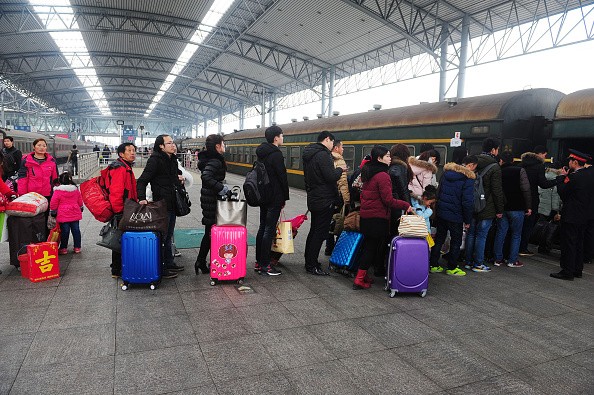Springtime typically makes for hectic scenes throughout China’s vast transport networks, but new technology installed in several train stations and airports around the country is set to make travel more convenient during Chunyun.
Last Friday saw the first wave of this year's Spring Festival travel rush, which is set to last for 40 days. With almost 3 billion trips anticipated during that time--touted as the largest movement of people in the world per Shanghai Daily, this year's Chunyun rush will have transport-related innovations that are set to make traveling to and fro smoother than ever.
This year's annual springtime diaspora will continue to make rail as the transportation of choice among Chinese people returning home. The period is set to make 9.7 percent more trips compared to that of last year, translating to at least 356 million trips.
Amid yearly concerns over ticket purchase difficulties, several Chinese companies have collaborated to make such an upsurge manageable. Alibaba has exhausted its cloud computing services to prevent online booking inconveniences, while travel agencies Qunar and Ctrip released their own services.
CCTV reported that self-service machines for tickets have been made available to commuters coming from Beijing, Guangzhou, Nanchang, and Shanghai. The service provides greater ease in dispatching commuters by allowing them to scan their tickets and IDs by themselves.
Messaging service WeChat also released "Shake" for commuters in Beijing Railway Station. The service provides access to information concerning train schedules, accessibility amenities, and luggage check-in details, among many others.
Robots took centerstage among commuters in two of southern China's major railway hubs: Shenzhen North Railway Station and Guangzhou South Railway Station. The robots lay out all commuter essentials, including train schedules, directions, and tickets.
Air transportation developments utilizing smart technology also took off in airports, providing passengers with more convenient experiences amid the rush. South China Airlines, for instance, have allowed its passengers to view flight details simply by scanning their boarding passes.




























